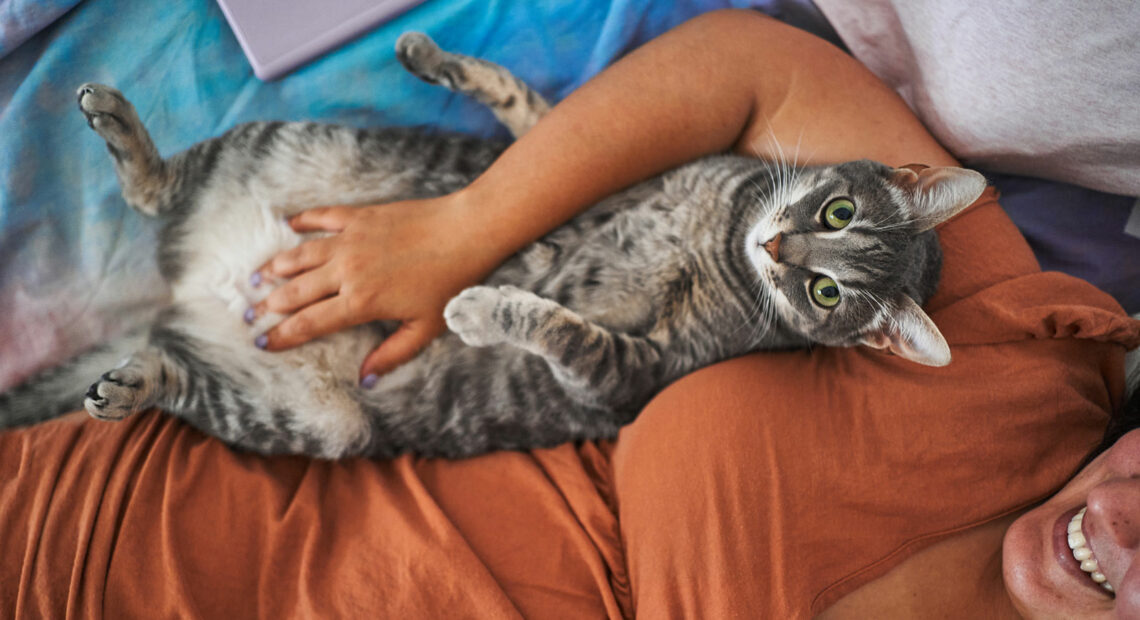Are You Petting Your Cat the Right Way?

As cat owners, we all love to shower our furry friends with affection. One of the most common ways to express our love is through petting. However, have you ever wondered if you’re petting your cat correctly? Cats have unique preferences when it comes to physical contact, and understanding their needs can enhance the bond between you and your feline companion. In this blog post, we’ll explore some common mistakes cat owners make when petting their cats and provide tips on how to pet them in a way that they’ll truly enjoy.
- Respect the Tail: Cats communicate through their tails, and it’s important to pay attention to their movements. Avoid pulling, tugging, or stepping on their tail, as it can cause discomfort and stress. Instead, gently stroke the base of the tail or let your cat guide you on how they prefer to be touched.
- Start with Slow Approaches: Approaching a cat too quickly can startle them and make them feel anxious. Before initiating any petting, allow your cat to sniff your hand and make the first move. Extend your hand slowly and let them come to you. This way, they will feel more comfortable and receptive to your touch.
- Focus on the Preferred Spots: Cats have certain areas they love being petted, such as the head, chin, and cheeks. These are the locations where cats have scent glands, and they appreciate the gentle attention in these spots. Experiment with different strokes, from gentle rubs to soft scratches, and observe how your cat responds.
- Watch for Body Language: Cats provide subtle cues through their body language, indicating their comfort or discomfort. Pay attention to their ears, whiskers, and overall posture. If your cat begins to twitch their tail, flatten their ears, or move away, it might be a sign that they’ve had enough. Respect their boundaries and give them space.
- Avoid Overstimulation: While it may be tempting to vigorously pet your cat, some cats prefer gentle and slow strokes. Avoid overstimulating your cat, especially around sensitive areas like the belly. If your cat suddenly becomes agitated or starts to nip or scratch, it’s a sign that they’ve had enough. Give them a break and allow them to relax.
- Individual Preferences: Every cat is unique, and what works for one may not work for another. Take the time to understand your cat’s preferences by observing their reactions during petting sessions. Some cats may prefer shorter petting sessions, while others may enjoy longer ones. By being attentive to their needs, you can tailor your petting technique accordingly.
Petting your cat is a wonderful way to bond and show affection. By respecting your cat’s boundaries, focusing on their preferred spots, and observing their body language, you can ensure that the experience is enjoyable for both you and your feline companion. Remember, each cat has its own preferences, so take the time to understand what your cat likes and dislikes. Happy petting!
Picture Courtesy: Google/images are subject to copyright








